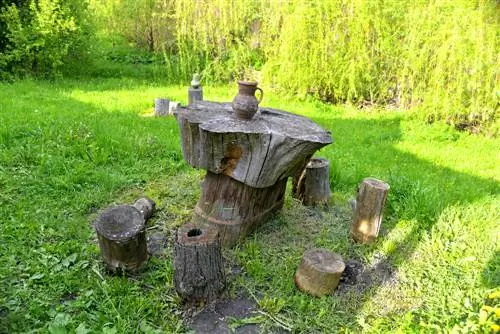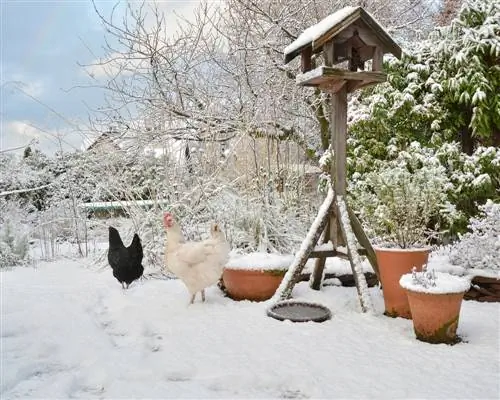- Author admin [email protected].
- Public 2023-12-16 16:46.
- Last modified 2025-01-23 11:20.
Almost all Gerbera varieties are not. You can either grow gerberas that you have planted in the garden as an annual plant or bring them indoors over the winter. Tips for overwintering tropical plants.

How can I overwinter gerberas in winter?
In order to overwinter gerberas successfully, they should be brought indoors in September or early October at the latest and placed in a bright, airy location with temperatures between 12 and 15 degrees. In winter they need little water and no fertilizer.
Gerbera is not hardy
Gerbera is grown as an annual plant in most gardens, although it is a perennial. It just can't tolerate sub-zero temperatures and therefore can't stay in the garden in winter.
An exception is the hardy variety Garvinea®, which tolerates temperatures down to minus five degrees. It needs winter protection if it is to survive cold winter temperatures.
All other varieties can be overwintered indoors if a suitable location is available.
How to bring gerberas into your home
Dig up the gerberas generously in the garden in September or early October at the latest. Place them in a clean pot with plenty of garden soil (€74.00 on Amazon).
Place the pot in a suitable location:
- Bright and airy
- Temperatures between 12 to 15 degrees
- Keep your distance from the wall
Corridor windows where there is no heating to provide warmth are well suited. But cellar windows can also be used for wintering.
It is important that the temperatures never rise above 15 degrees, as the plant then breaks its hibernation and does not produce new flowers the following year.
Care during wintering
Gerbera needs to be watered no more than twice a month in winter. You are not allowed to fertilize the plant during this time.
Tips & Tricks
Sometimes trying to keep the gerbera as a houseplant in the flower window all year round works. It will then be cared for in the same way as in summer. However, you have to expect that the plant will run out of strength for further flowers sooner.






